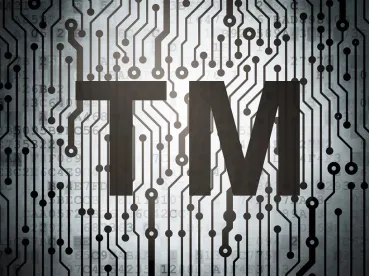On April 23, 2020, the Supreme Court ruled that a trademark owner may recover an infringer’s profits under the federal Lanham Act without having to prove that the trademark infringement was “willful.” The ruling, in Romag Fasteners, Inc. v. Fossil Group, Inc. (Docket No. 18-1233), resolved a split among the Circuit Courts on this issue.
ROMAG magnetic snaps are used as closures on many designer and other purses. Romag owns the registered trademark ROMAG as well as patents relating to the mechanism. Romag sued Fossil Group, Inc., and retailers of FOSSIL purses, after discovering that the bags were using counterfeit snaps. After trial, the jury found that Fossil had not willfully infringed Romag’s trademarks, although Fossil had shown “callous disregard” for Romag’s trademark rights. The jury therefore awarded Romag $6.7 million in defendants’ profits from the infringements.
The district court reversed the profits award after the verdict, in view of controlling Second Circuit precedent holding that a willfulness finding was a precondition for a profits award in trademark infringement cases. The Federal Circuit affirmed the district court’s ruling reversing the award of profits.
The Supreme Court agreed to review the case to resolve the split among the federal Circuit Courts on whether a plaintiff had to prove “willful infringement” in order to receive a damages award of the infringer’s profits under the Lanham Act. Justice Gorsuch’s opinion is very straightforward and based on the “plain language” of the Lanham Act damages provision, Section 35(a), 15 U.S.C. §1117, which states:
“When a violation of any right of the registrant of a mark registered in the Patent and Trademark Office, a violation under section 1125(a) or (d) of this title, or a willful violation under section 1125(c) of this title, shall have been established in any civil action arising under this chapter, the plaintiff shall be entitled, subject . . . to the principles of equity, to recover (1) defendant’s profits, (2) any damages sustained by the plaintiff, and (3) the costs of the action.”
The Court noted that a “willful” violation is a precondition for damages under 17 U.S.C. § 1125(c), which pertains to trademark dilution. As willfulness was not included as a precondition for other Lanham Act violations – for basic trademark infringement, or misleading representations under section 1125(a), or cybersquatting under section 1125(d) – the Supreme Court held that Congress did not intend that an award of an infringing defendant’s profits be conditioned on a finding that the violation was willful.
That does not mean that a defendant will always be forced to disgorge its profits if infringement is found. Justice Gorsuch pointed out that Section 35(a) directs that a damages award should be subject to the principals of equity: “Given these traditional principles, we do not doubt that a trademark defendant‘s mental state is a highly important consideration in determining whether an award of profits is appropriate.” While acknowledging Fossil’s concern that defendants could face “baseless” lawsuits, the Court declined to require a finding of willful infringement as a condition of an award of defendant’s profits in trademark infringement cases.
All the Justices joined in the judgment. Justices Alito, Breyer and Kagan issued a concurring opinion noting that while willfulness is an important consideration in determining whether damages should be awarded for infringement, it is not an “absolute precondition.” Justice Sotomayor concurred in the judgment. In a separate opinion, she agreed with the Court’s reading of the Lanham Act damages provision, but wanted to emphasize that the equitable principles referenced in Section 35(a) should take into account whether an infringement was innocent or unintentional.
The Takeaway: The Supreme Court’s ruling will likely give trademark owners more muscle to seek significant damage and profits awards (or settlements) in trademark infringement or false advertising cases. In addition, this case is a reminder that trademark licensors should carefully monitor their licensees and supply chains, as the infringing snaps in this case were manufactured on equipment obtained through a rogue former licensee.




 />i
/>i

